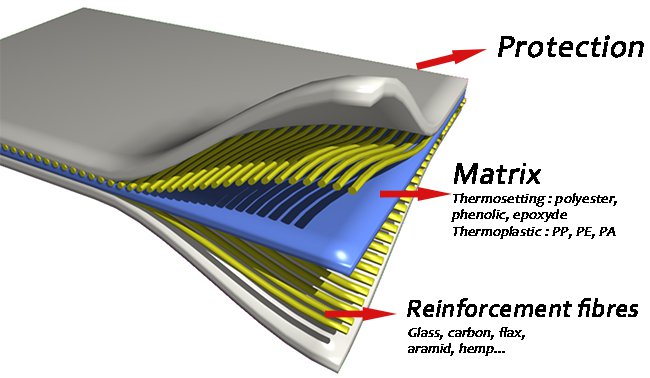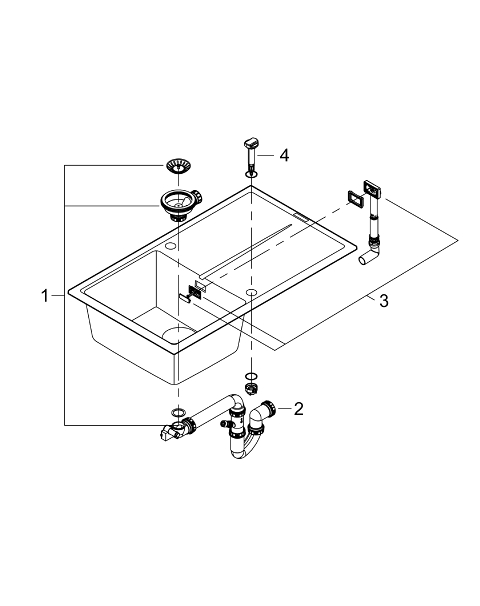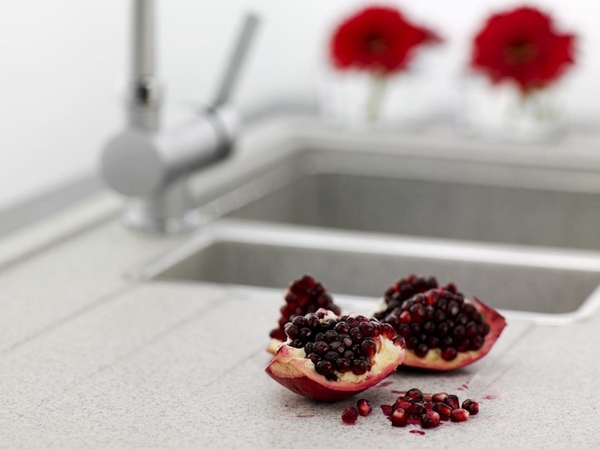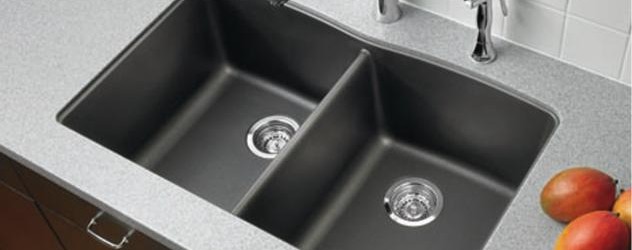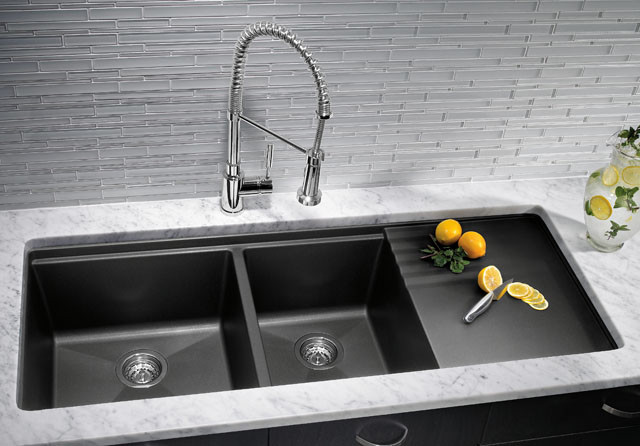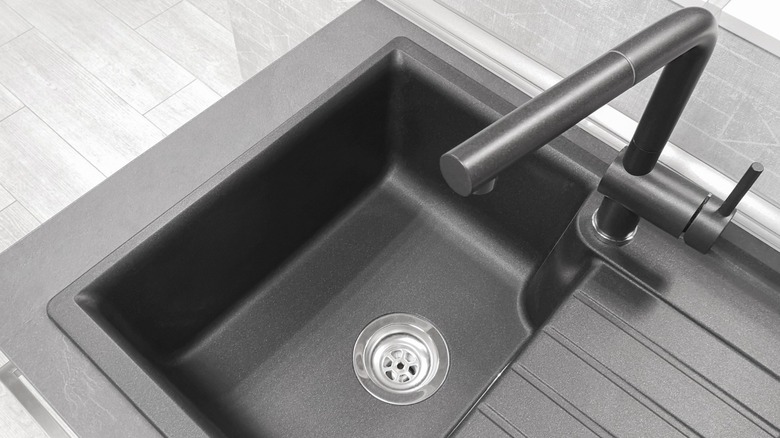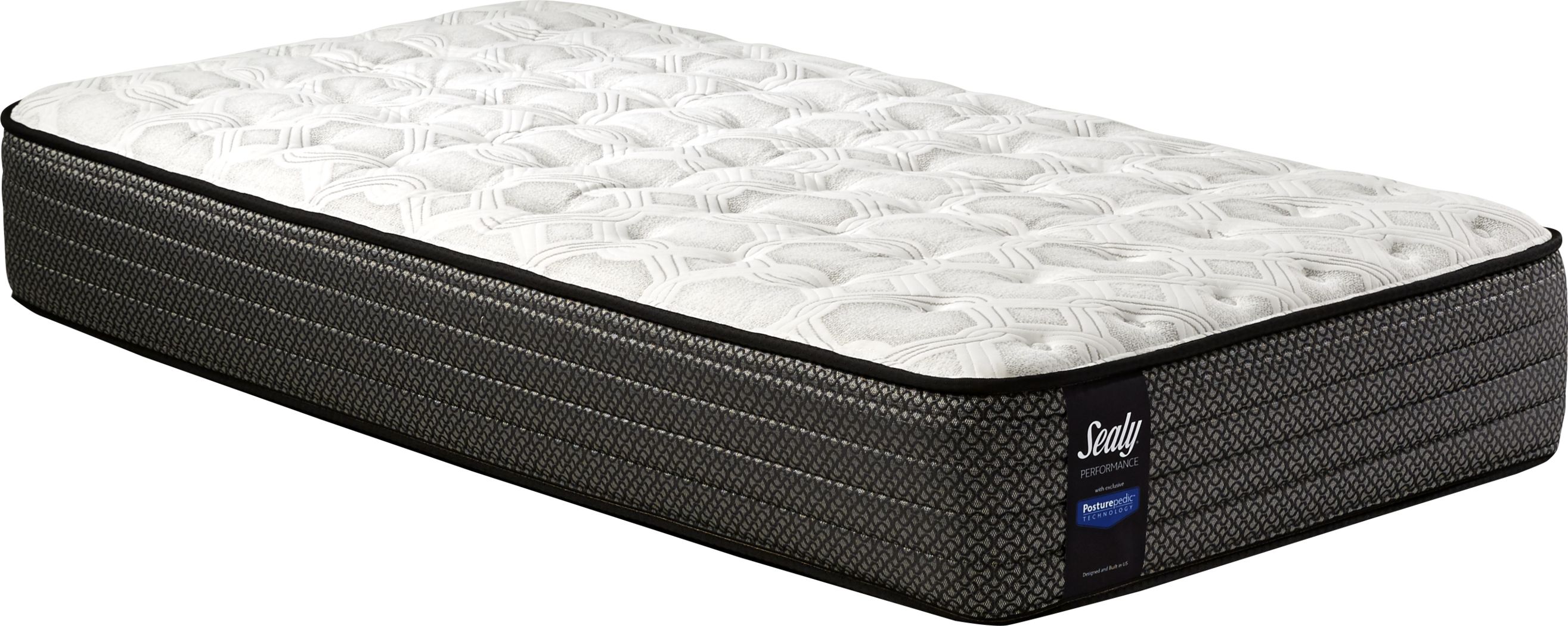What is a Composite Sink?
A composite sink is a type of kitchen sink that is made from a combination of different materials. It typically consists of a mixture of granite, quartz, acrylic, and resin. The materials are compressed and bonded together to create a strong and durable sink.
Composite Sink Materials
As mentioned, composite sinks are made from a combination of materials. Each manufacturer may use different ratios and types of materials, but the most common ones are granite, quartz, acrylic, and resin. These materials are chosen for their strength, durability, and resistance to stains and scratches.
Benefits of a Composite Sink
There are several benefits to choosing a composite sink for your kitchen. Firstly, they are extremely durable and resistant to scratches, stains, and heat. They also come in a variety of colors and finishes, making it easy to find one that matches your kitchen design. Additionally, composite sinks are quieter than stainless steel sinks, which can be noisy when dishes or utensils are being washed.
How to Clean a Composite Sink
Cleaning a composite sink is quite easy and straightforward. You can use a gentle soap and warm water to wipe down the sink. Avoid using abrasive cleaners or harsh chemicals as they can damage the sink's surface. For tougher stains, you can make a paste using baking soda and water and use a soft cloth to scrub the sink gently. Rinse thoroughly and dry with a soft cloth to prevent water spots.
Types of Composite Sinks
There are two main types of composite sinks: solid surface and granite composite. Solid surface sinks are made from a mix of acrylic and resin and are typically lighter in weight and more affordable. Granite composite sinks, on the other hand, are made from a mix of granite and resin and are known for their durability and resistance to stains and scratches.
Installation of a Composite Sink
Installing a composite sink is similar to installing any other type of sink. It can be done by a professional plumber or as a DIY project. The sink will need to be properly supported under the countertop, and the faucet and drain will need to be connected. It's important to follow the manufacturer's instructions for installation to ensure the sink is installed correctly.
Comparing Composite Sinks to Other Materials
Composite sinks offer many advantages over other materials commonly used for kitchen sinks, such as stainless steel or porcelain. They are more durable and resistant to scratches, stains, and heat compared to stainless steel. They are also quieter and come in a wider variety of colors and finishes compared to porcelain sinks.
Maintenance of a Composite Sink
Maintaining a composite sink is relatively easy. For daily cleaning, a gentle soap and warm water will suffice. For tougher stains, you can use a baking soda paste or a mild non-abrasive cleaner. It's important to avoid using harsh chemicals or abrasive cleaners as they can damage the sink's surface. Also, be sure to wipe the sink dry after each use to prevent water spots.
Design Options for Composite Sinks
Composite sinks come in a variety of colors and finishes, making it easy to find one that matches your kitchen design. You can choose from traditional colors like white, black, and grey, or more unique colors like red, blue, or green. Some manufacturers also offer sinks with different textures, such as a matte or glossy finish.
Cost of Composite Sinks
The cost of a composite sink will depend on the size, type, and brand. Generally, solid surface sinks are more affordable compared to granite composite sinks. However, they are still more expensive than stainless steel or porcelain sinks. The overall cost will also depend on the cost of installation, which can vary depending on the complexity of the project.
Why Choose a Composite Sink for Your Kitchen?
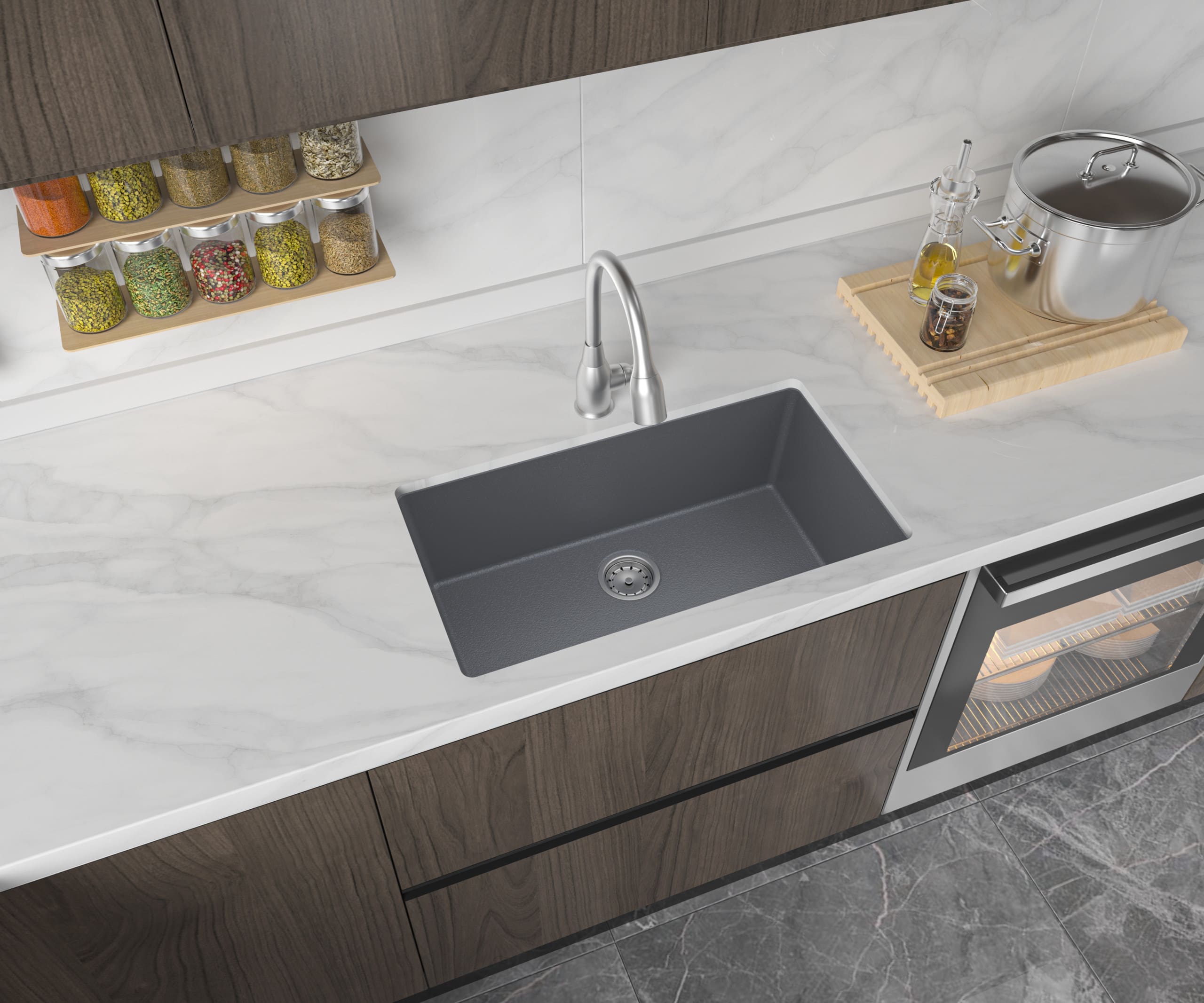
Durability and Strength
 When it comes to choosing a sink for your kitchen, durability and strength are important factors to consider. A composite sink is made from a combination of materials such as granite, quartz, and acrylic resins, making it strong and resistant to scratches, stains, and heat. Unlike traditional sinks made of porcelain or stainless steel, composite sinks are less likely to chip or crack, making them a long-lasting option for your kitchen.
When it comes to choosing a sink for your kitchen, durability and strength are important factors to consider. A composite sink is made from a combination of materials such as granite, quartz, and acrylic resins, making it strong and resistant to scratches, stains, and heat. Unlike traditional sinks made of porcelain or stainless steel, composite sinks are less likely to chip or crack, making them a long-lasting option for your kitchen.
Easy Maintenance
 Another advantage of choosing a composite sink for your kitchen is its easy maintenance. Unlike stainless steel sinks that require regular polishing and porcelain sinks that need to be carefully cleaned to avoid scratches, composite sinks are low maintenance. They are non-porous, meaning that they do not absorb liquids, making them resistant to stains. They can simply be wiped clean with a mild soap and water, making it ideal for busy households.
Another advantage of choosing a composite sink for your kitchen is its easy maintenance. Unlike stainless steel sinks that require regular polishing and porcelain sinks that need to be carefully cleaned to avoid scratches, composite sinks are low maintenance. They are non-porous, meaning that they do not absorb liquids, making them resistant to stains. They can simply be wiped clean with a mild soap and water, making it ideal for busy households.
Design Flexibility
 Composite sinks come in a variety of colors and designs, giving you the flexibility to choose one that complements your kitchen's overall design. Whether you have a modern or traditional kitchen, there is a composite sink that will fit perfectly. You can also choose from different styles, such as undermount or top mount, to match your kitchen's layout and functionality.
Composite sinks come in a variety of colors and designs, giving you the flexibility to choose one that complements your kitchen's overall design. Whether you have a modern or traditional kitchen, there is a composite sink that will fit perfectly. You can also choose from different styles, such as undermount or top mount, to match your kitchen's layout and functionality.
Cost-Effective
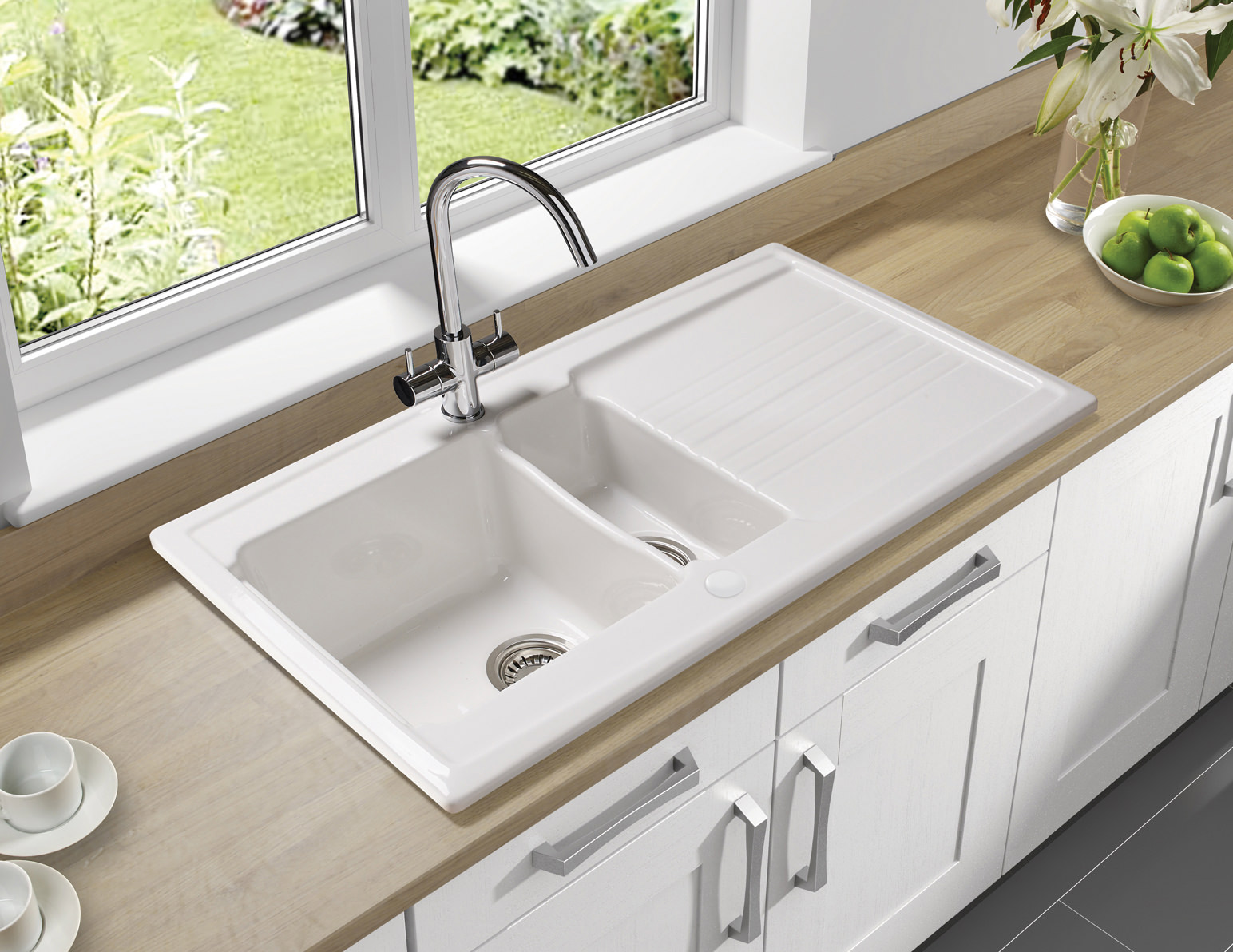 While composite sinks may seem more expensive than traditional sinks, they are actually a cost-effective option in the long run. Their durability means that they don't need to be replaced as often as other types of sinks, saving you money in the long term. Additionally, their low maintenance and easy cleaning also save you time and money on cleaning products.
While composite sinks may seem more expensive than traditional sinks, they are actually a cost-effective option in the long run. Their durability means that they don't need to be replaced as often as other types of sinks, saving you money in the long term. Additionally, their low maintenance and easy cleaning also save you time and money on cleaning products.
Conclusion
 When it comes to choosing a sink for your kitchen, a composite sink offers many benefits. Its durability, easy maintenance, design flexibility, and cost-effectiveness make it a popular choice among homeowners. With the added bonus of being available in a variety of colors and designs, a composite sink is the perfect addition to any kitchen. Consider upgrading to a composite sink and enjoy its many advantages.
When it comes to choosing a sink for your kitchen, a composite sink offers many benefits. Its durability, easy maintenance, design flexibility, and cost-effectiveness make it a popular choice among homeowners. With the added bonus of being available in a variety of colors and designs, a composite sink is the perfect addition to any kitchen. Consider upgrading to a composite sink and enjoy its many advantages.



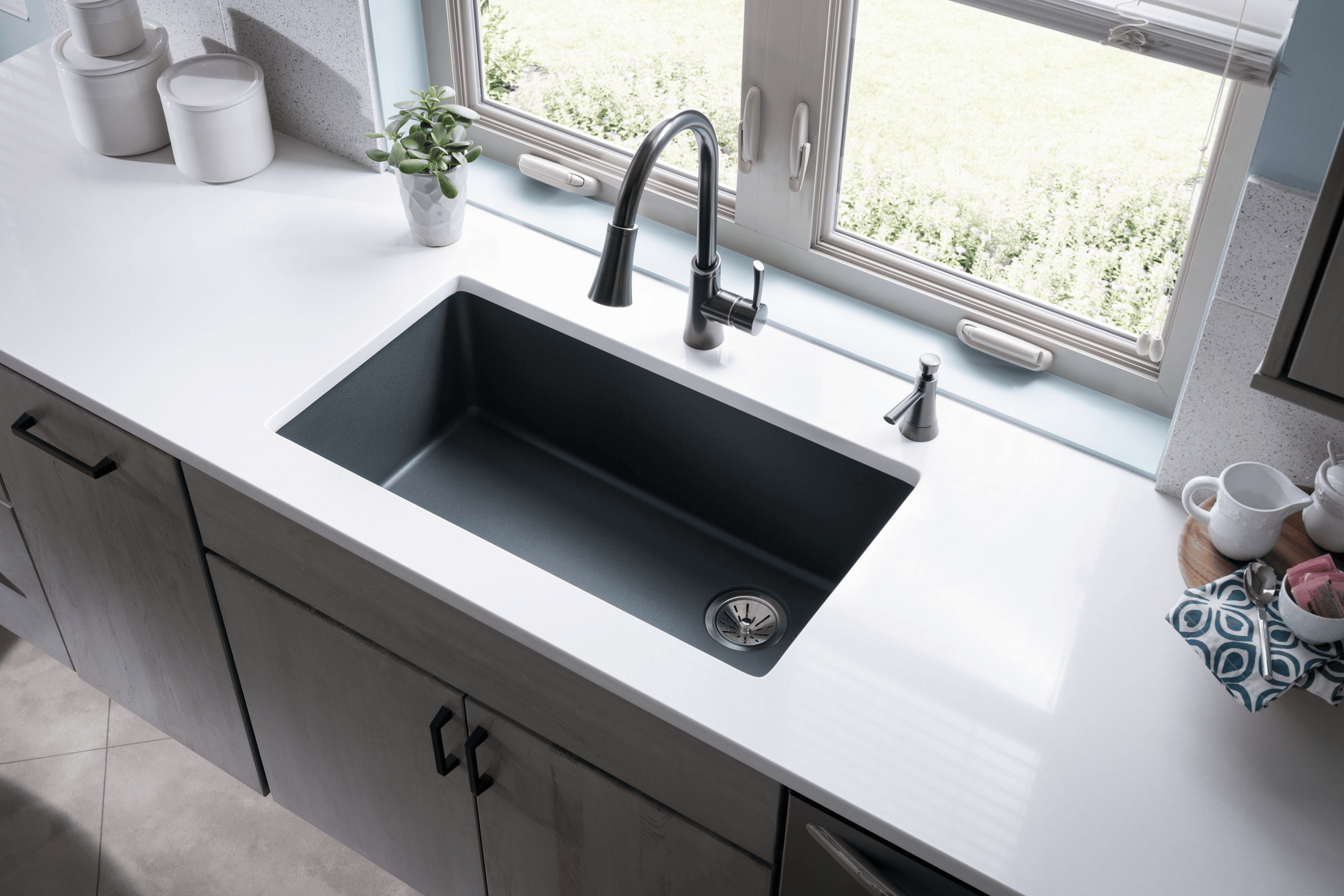

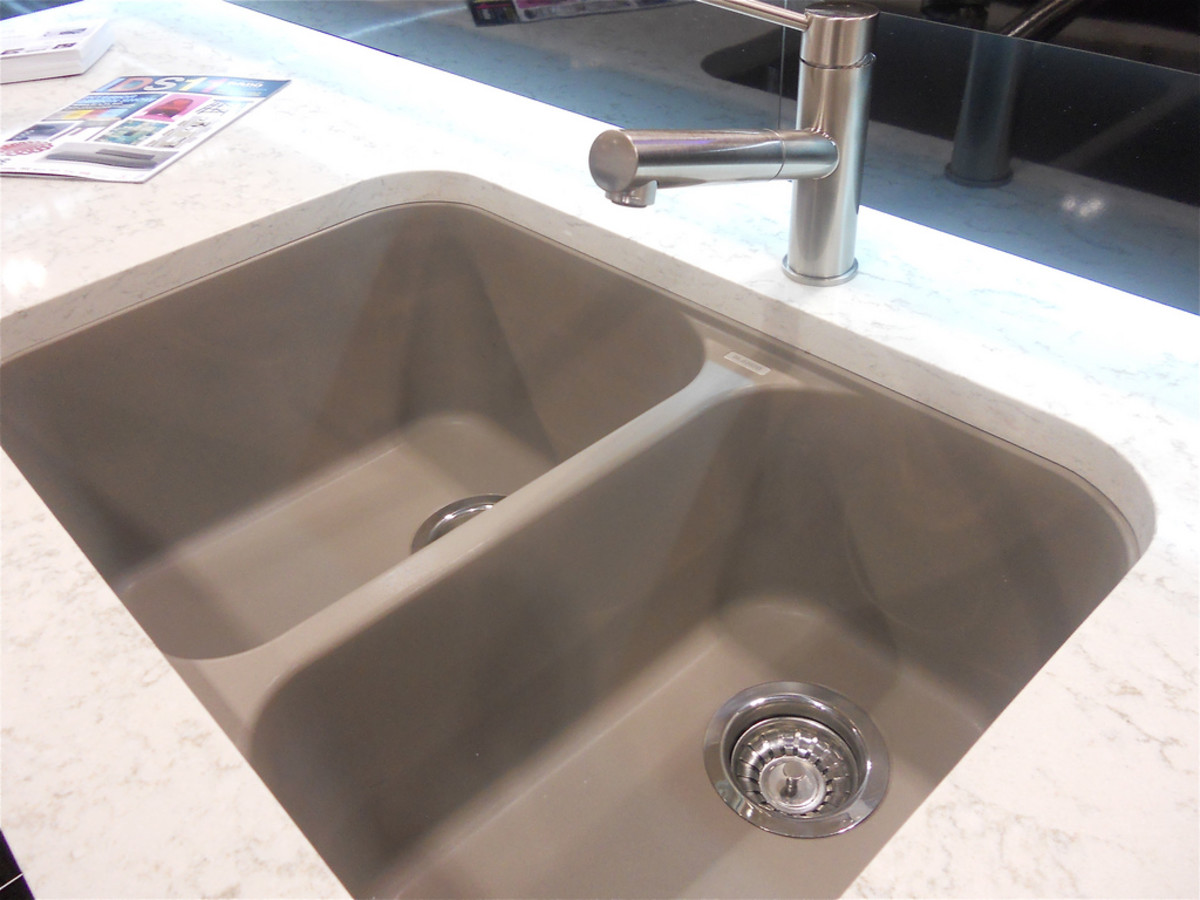
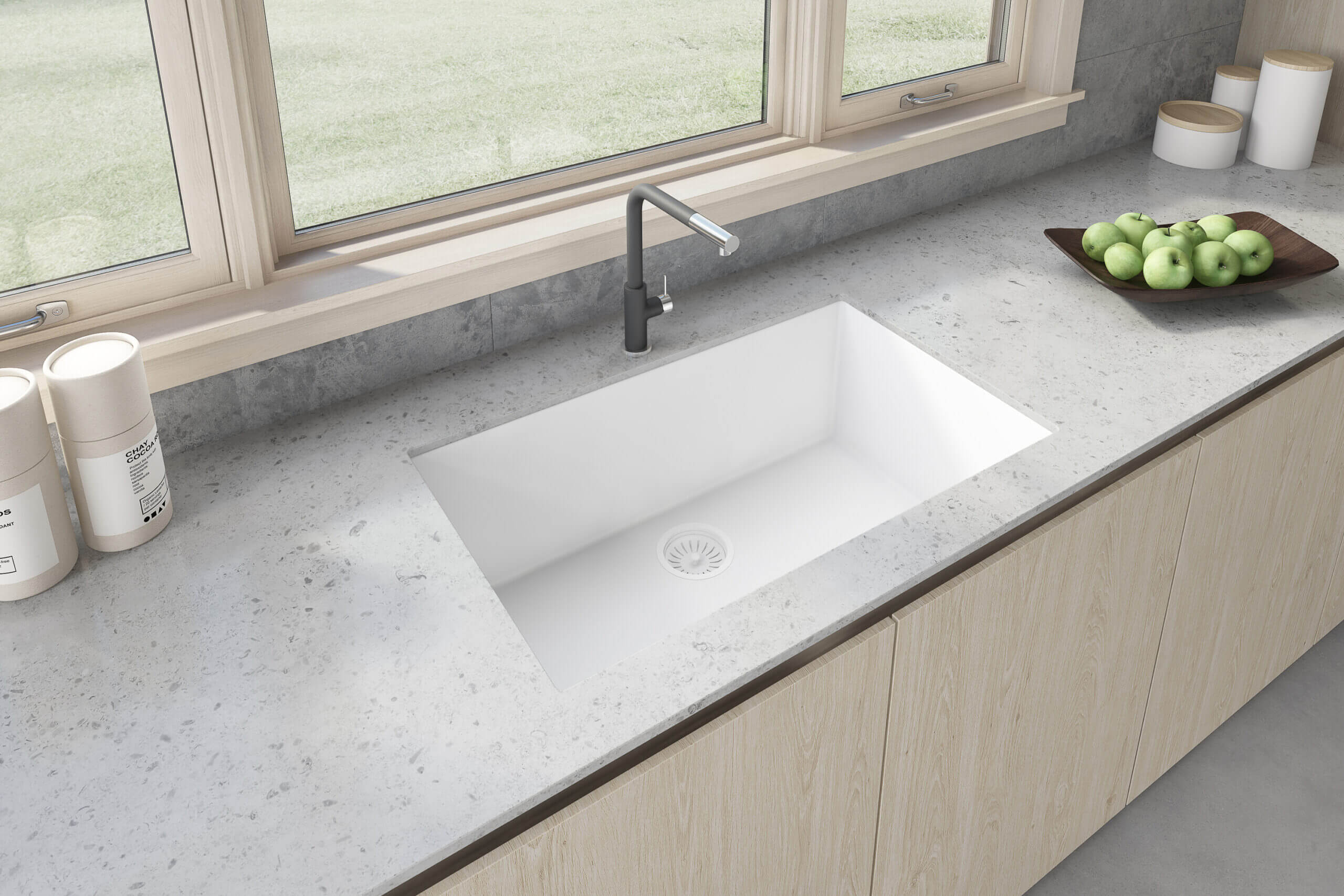
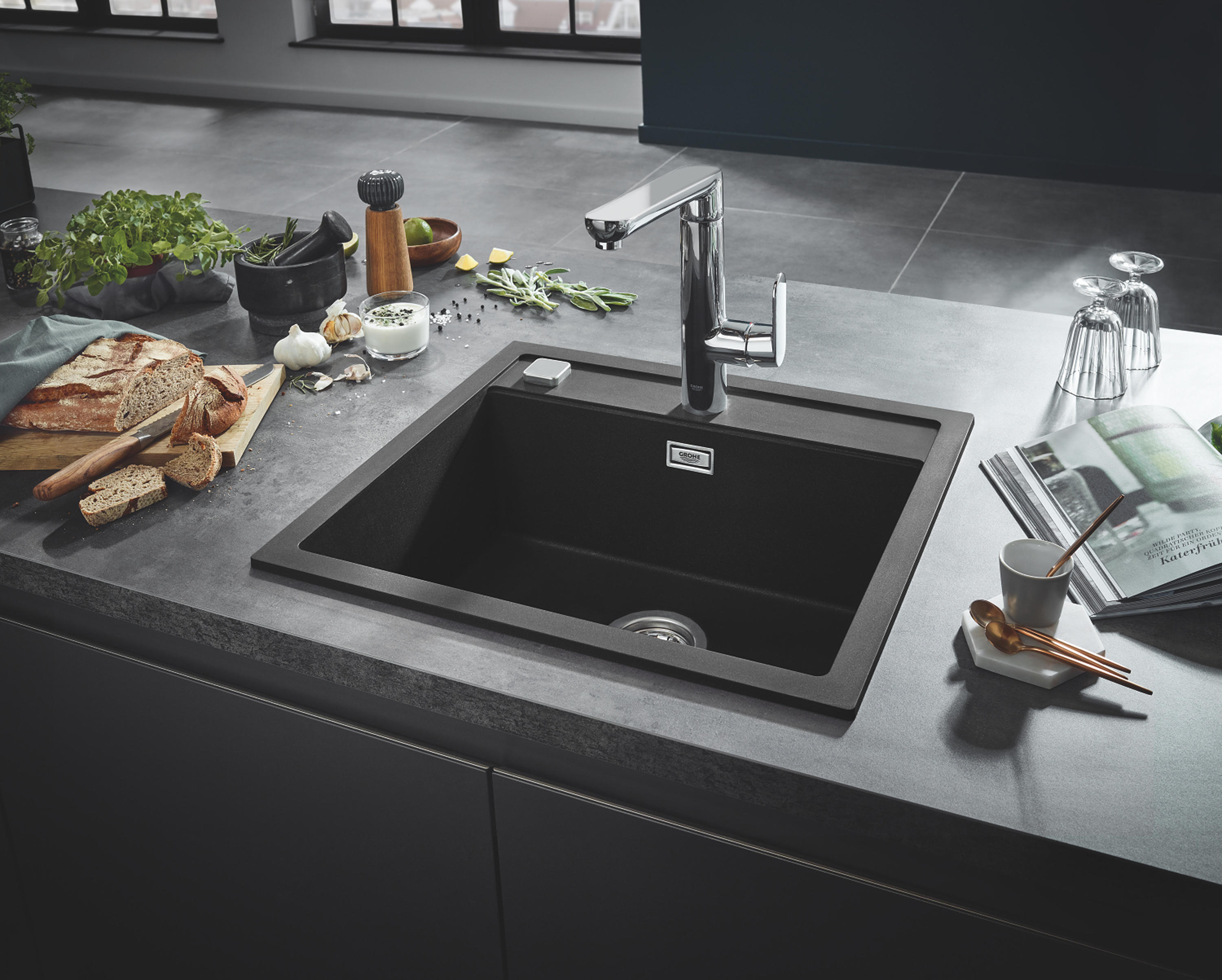


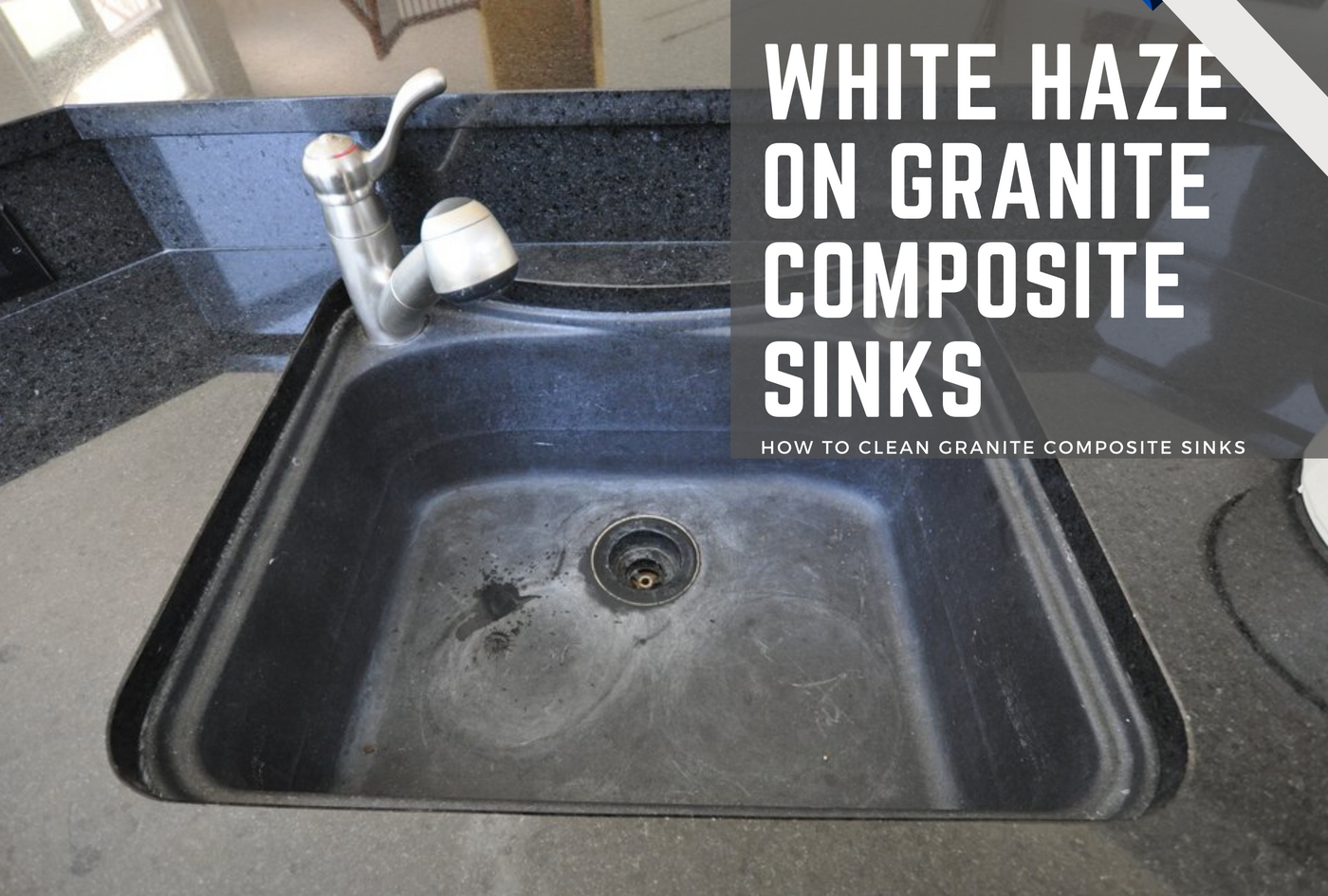






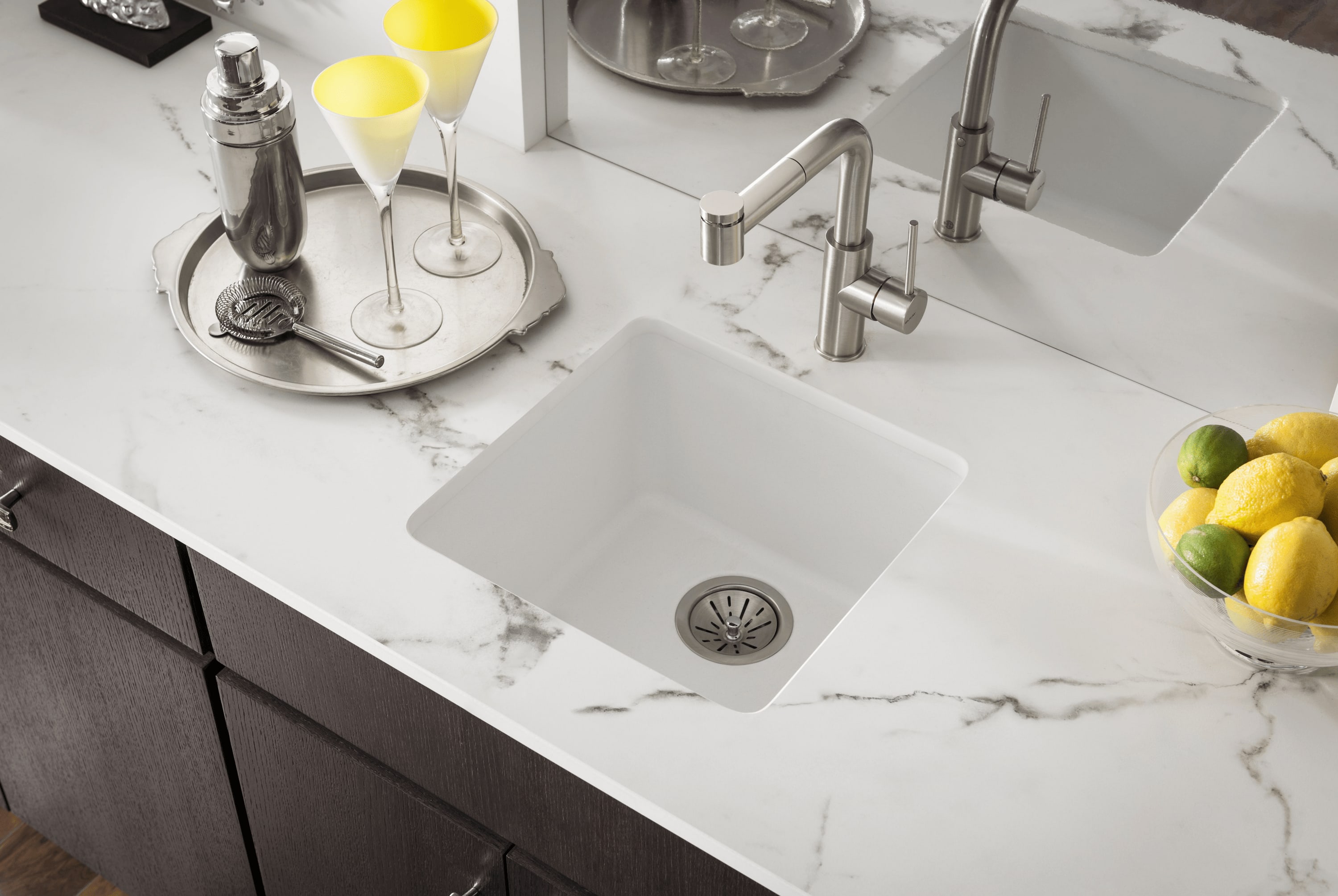




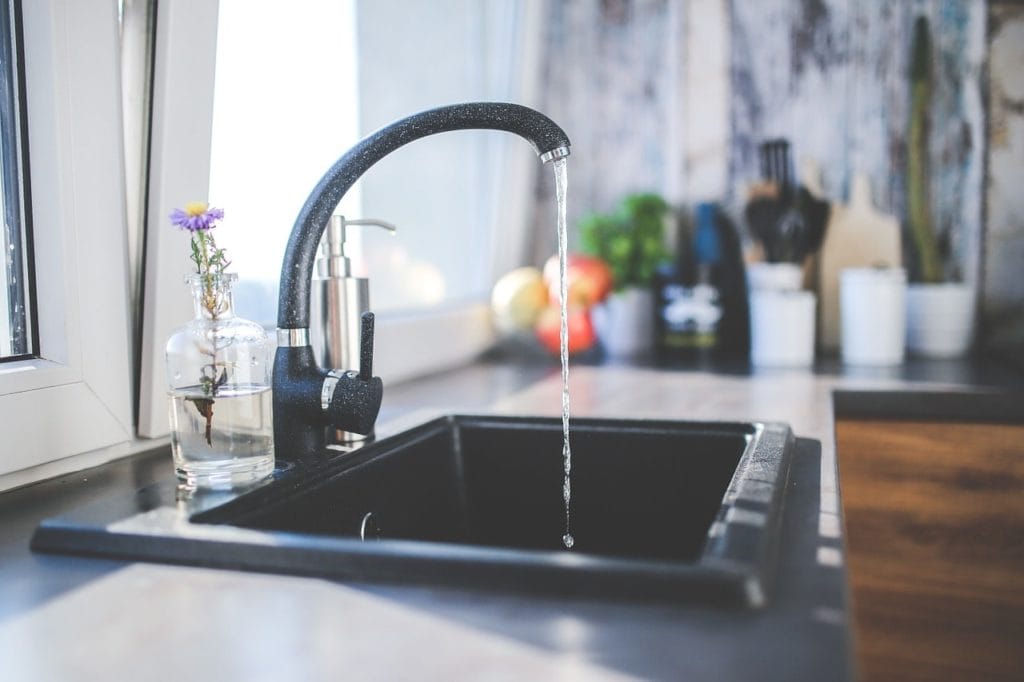




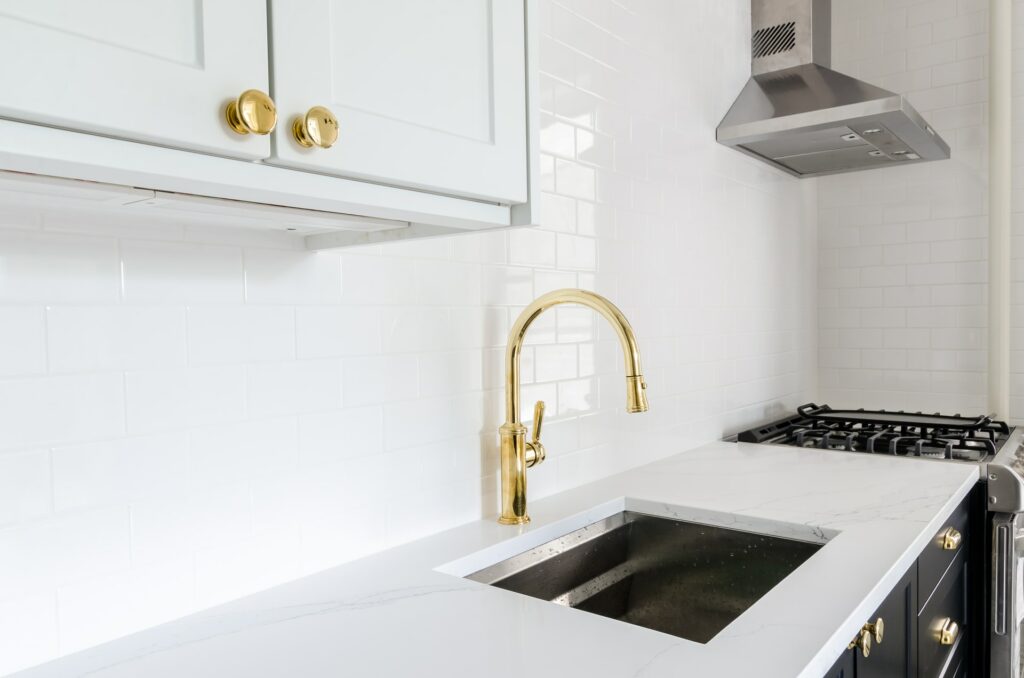

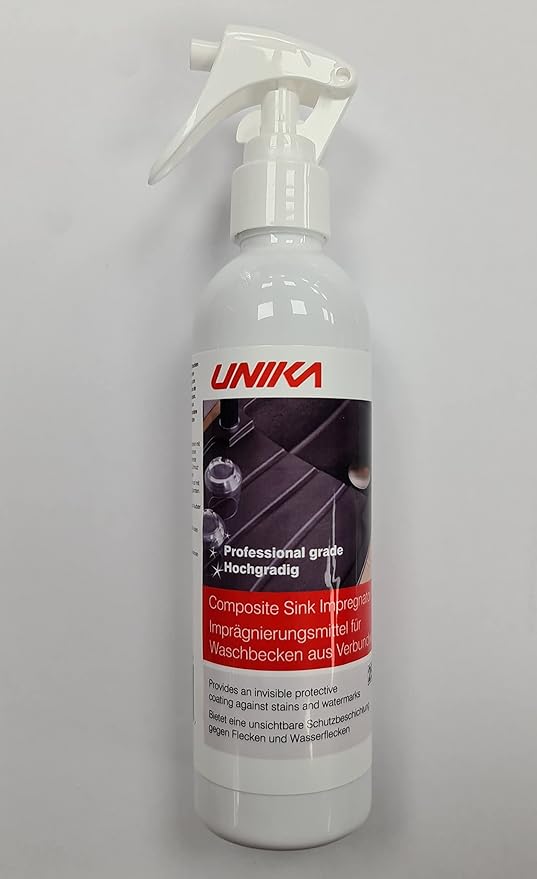


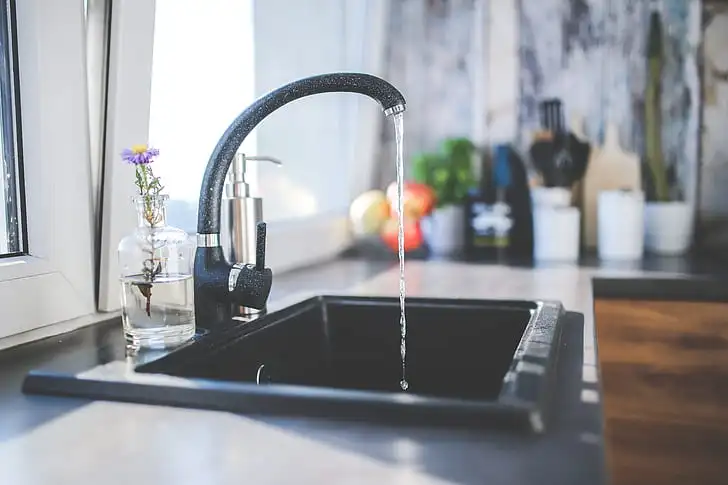

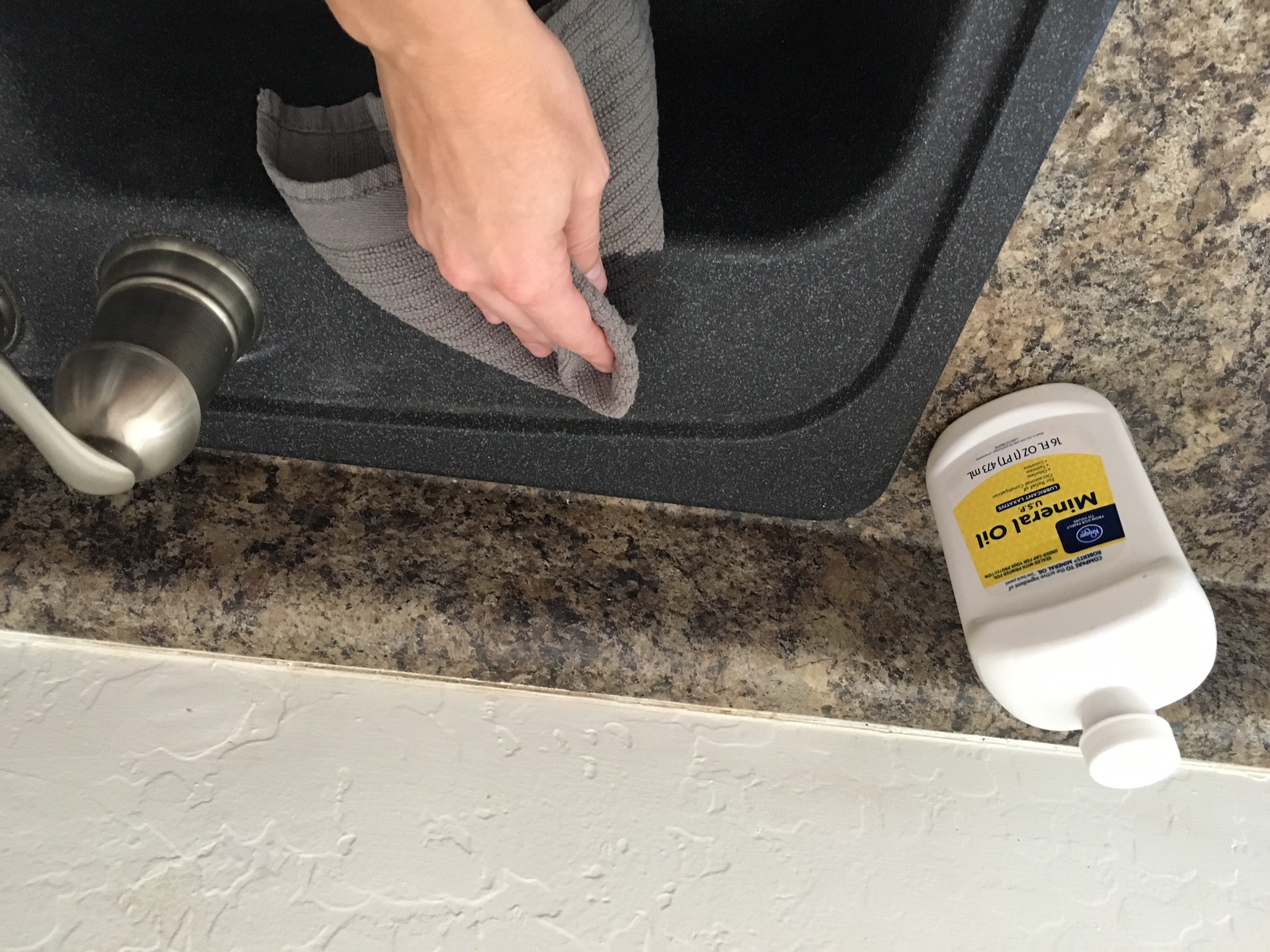


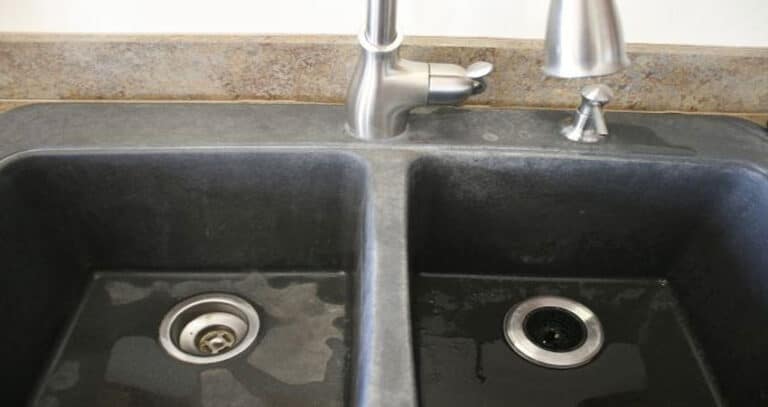






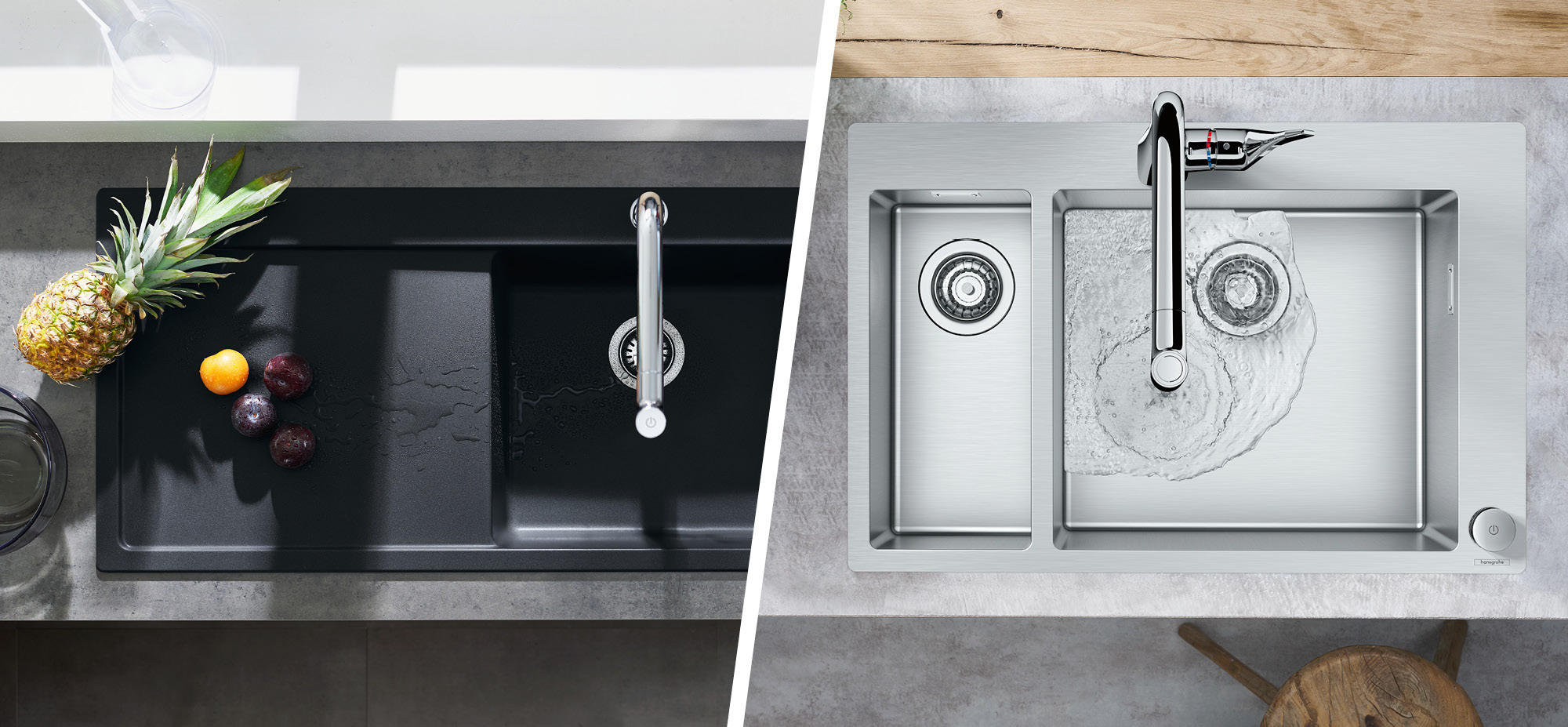




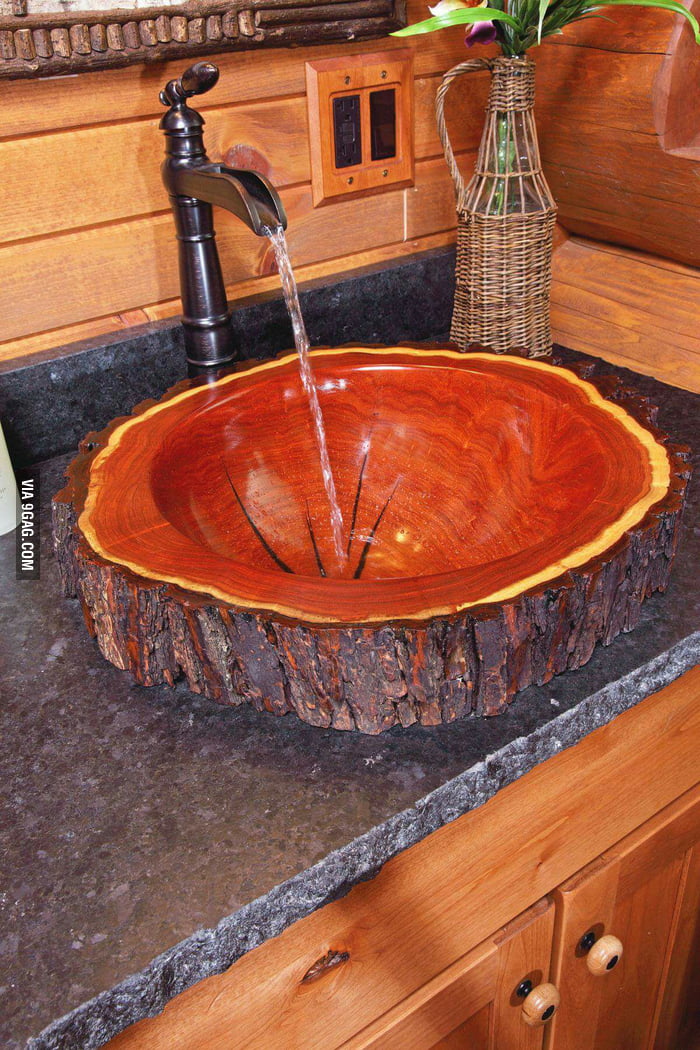

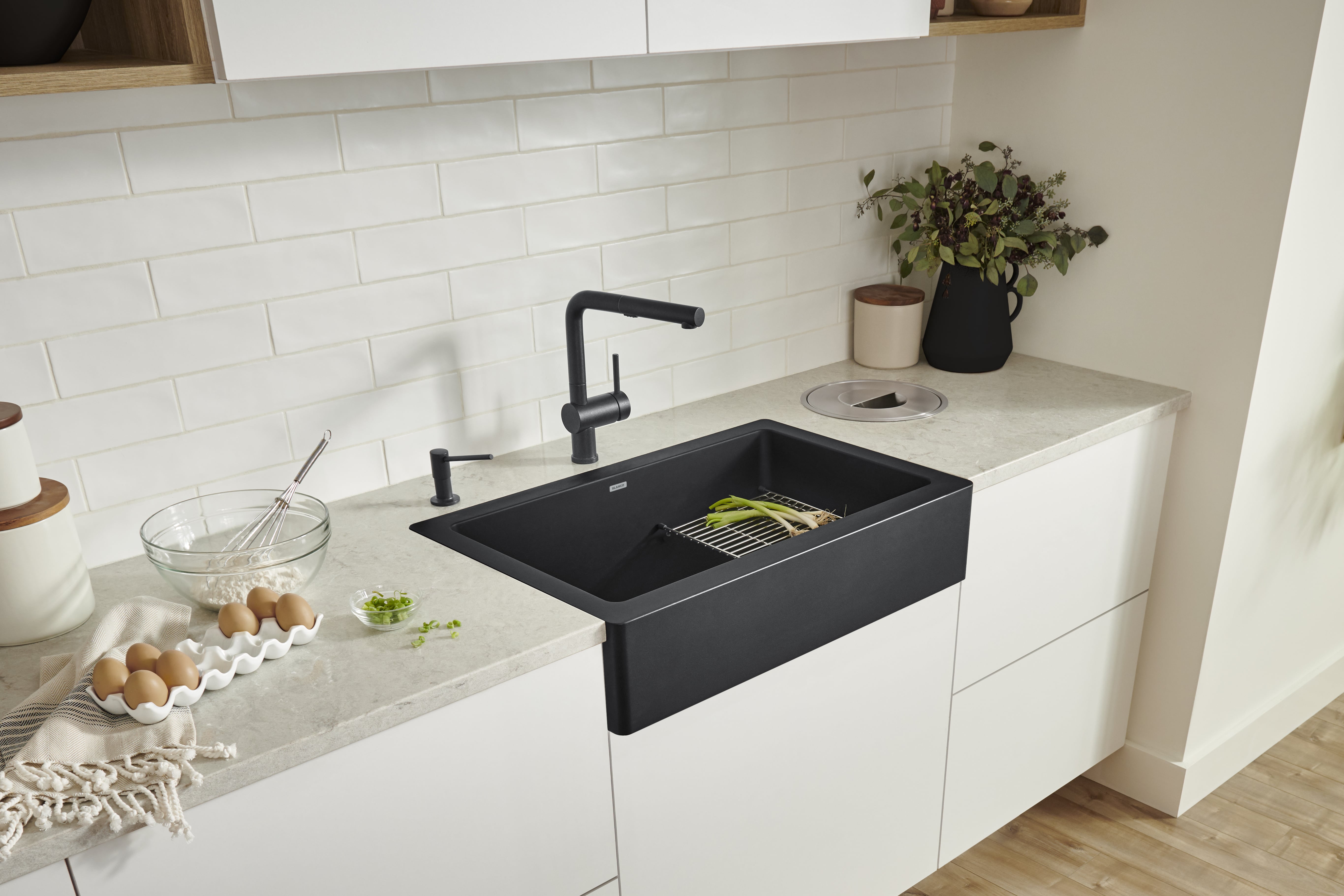

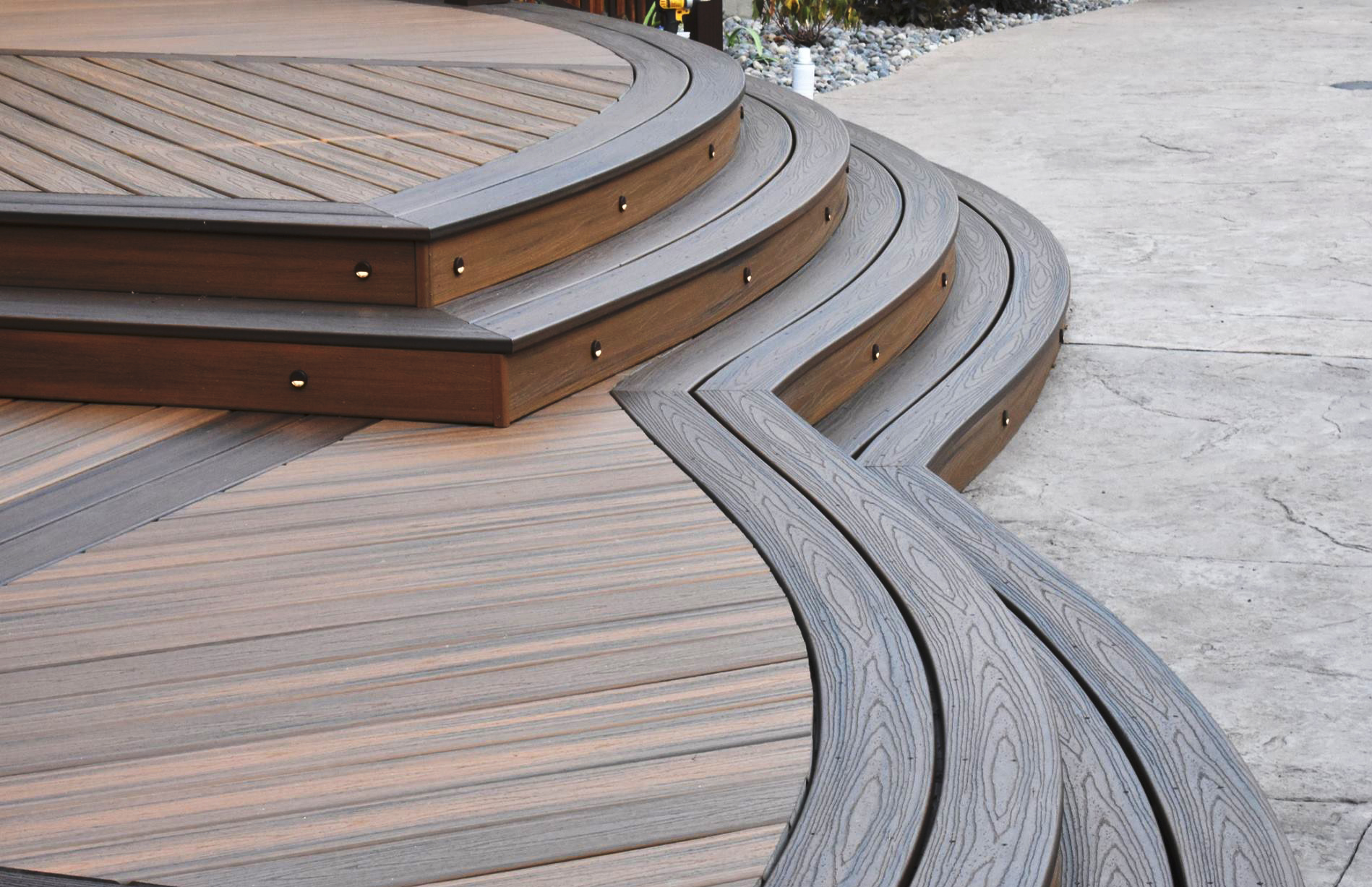







:max_bytes(150000):strip_icc()/comparing-deck-materials-1822358-hero-5bd5a79fdf0f4b099ed30d03f53fea11.jpg)



